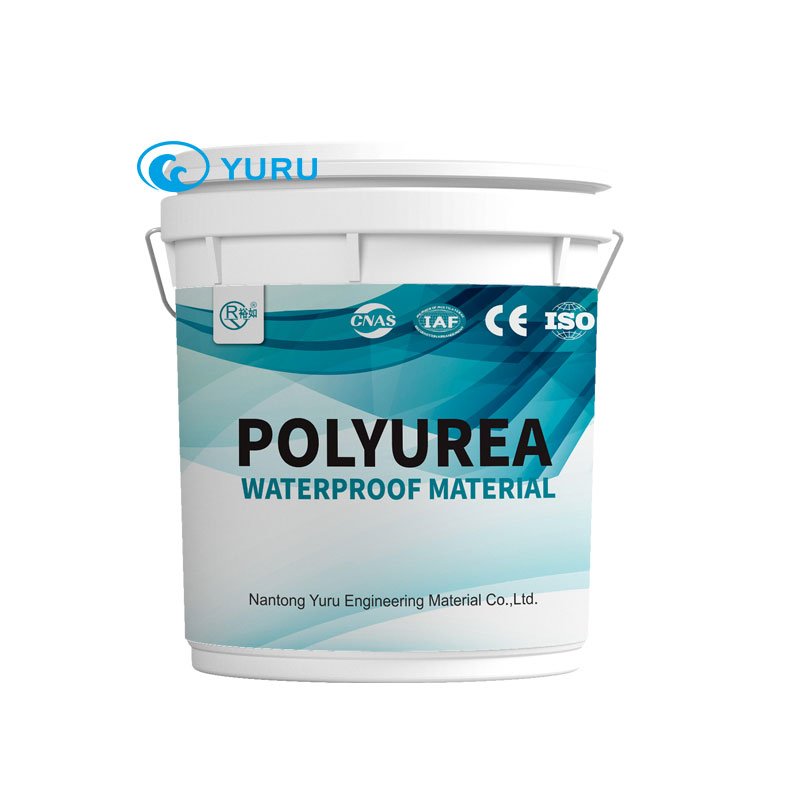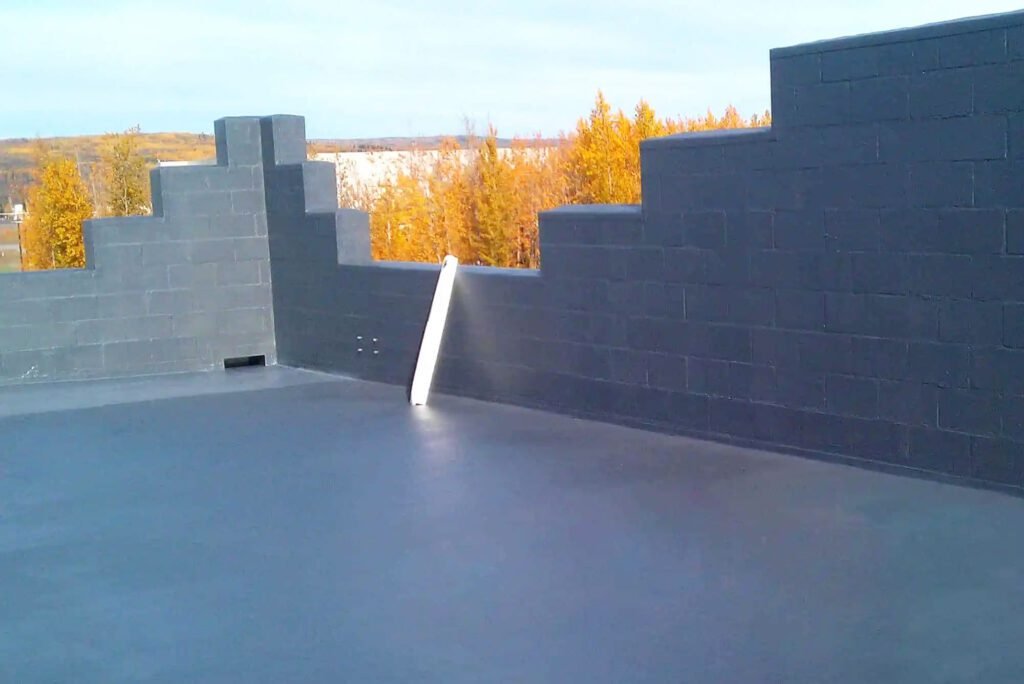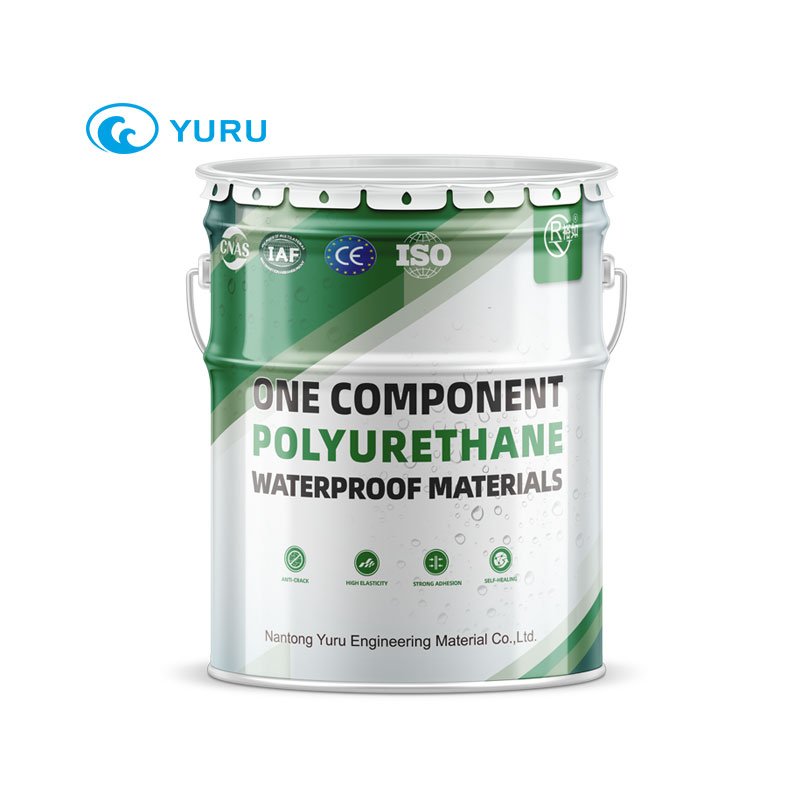Which Waterproof Paint Works Best Outdoors?
Which Waterproof Paint Works Best Outdoors?
Outdoor surfaces are constantly exposed to harsh weather—sunlight, rain, temperature fluctuations, and pollution. Choosing the right waterproof paint is not just about looks; it’s about protection, longevity, and performance.
In this guide, we’ll help you decide which waterproof coating is best for your outdoor needs.


What Challenges Do Outdoor Conditions Pose for Paint?
Outdoor environments can be unforgiving. Direct UV rays break down paint film, heavy rains can cause water seepage, and temperature swings can make paint crack or peel.
If your paint can’t handle these factors, you’ll soon deal with fading, blistering, and structural damage. That’s why you need waterproof paint specifically formulated for exterior conditions—strong adhesion, UV resistance, and flexible enough to expand and contract with temperature changes.
Comparison of Common Types of Waterproof Paint for Outdoor Use
There are several waterproof paints used for outdoor applications. Here’s how the most popular types compare:
Acrylic Waterproof Paint
Affordable and easy to apply. Offers good UV resistance, often used for exterior walls and facades. Not ideal for constantly wet surfaces.

Polyurethane Waterproof Paint
Highly elastic and durable. Perfect for roofs, balconies, and concrete structures. Excellent waterproofing and chemical resistance.

Polyurea Waterproof Coating
Advanced performance. Fast curing, abrasion-resistant, and ideal for high-traffic or industrial areas. Premium cost, but unmatched durability.

Bituminous Coating (Asphalt-Based)
Good for underground structures or roof waterproofing. Not UV-stable unless coated. Best used where sunlight exposure is minimal.

Choosing the right one depends on your application, climate, and budget.


Which Waterproof Paint Fits Your Outdoor Project?
Let’s match paints to common outdoor areas:
Roof – Polyurethane or polyurea paint performs best due to their superior waterproofing and flexibility.
Exterior Walls – Acrylic waterproof paints are cost-effective and UV-resistant, ideal for facades.
Balconies and Terraces – Use polyurethane for its strong bond and durability in both rain and foot traffic.
Concrete Floors and Parking Decks – Polyurea coatings offer top-tier protection against abrasion and chemicals.
At YURU Waterproof, we offer custom formulations tailored to different climates and substrate types—whether you’re in the Middle East, Europe, or Southeast Asia.
How to Properly Apply Waterproof Paint Outdoors
Even the best waterproof paint won’t work if it’s applied poorly. Follow these steps for long-lasting results:
Clean and Dry the Surface – Remove dirt, oil, and loose materials. Ensure no moisture is trapped.
Prime the Substrate – Use a compatible primer to improve adhesion.
Apply in Layers – Usually 2–3 coats are required, depending on product type.
Control Thickness – Follow technical guidelines to achieve proper waterproofing performance.
Allow Adequate Curing Time – Ensure each layer dries before applying the next.
Pro tip: Always use professional-grade tools and, if needed, consult an expert for complex projects.


How Can You Tell If a Waterproof Paint Is Reliable?
Don’t rely on looks alone. A good waterproof paint should come with clear technical specifications and certifications, such as:
- Elongation rate ≥ 200%
- Tensile strength ≥ 1.9 MPa
- Excellent UV resistance
- Certified to ISO 9001, CE, ASTM, or other regional standards
YURU Waterproof provides detailed product data sheets, third-party test reports, and real case studies so you can make an informed choice with confidence.
Ready to Choose the Right Waterproof Paint?
Investing in the right waterproof coating can prevent future repairs and increase your structure’s lifespan. At YURU Waterproof, we specialize in customized waterproofing solutions for wholesalers, retailers, and engineering contractors.
Contact us for tailored product recommendations, OEM/ODM service, and fast delivery.
Request a quote today or chat with our experts via WhatsApp on our site.


YURU Product solutions
Waterproof Coating
- One-component oil-based polyurethane waterproof coating
- One-component water-based polyurethane waterproof coating
- Two-component polyurethane waterproof coating
- Two-component 6.0Mpa polyurethane waterproof coating
- Transparent Waterproof Glue
- Nano Invisible Waterproof Agent
- Silicone Waterproof Coating
- Acrylic Waterproof Coating For Metal Roof
- JS Polymer Waterproof Coating
- High Elastic Liquid Rubber Waterproof Coating
- Cement-based Penetrating Crystallization Waterproof Coating



